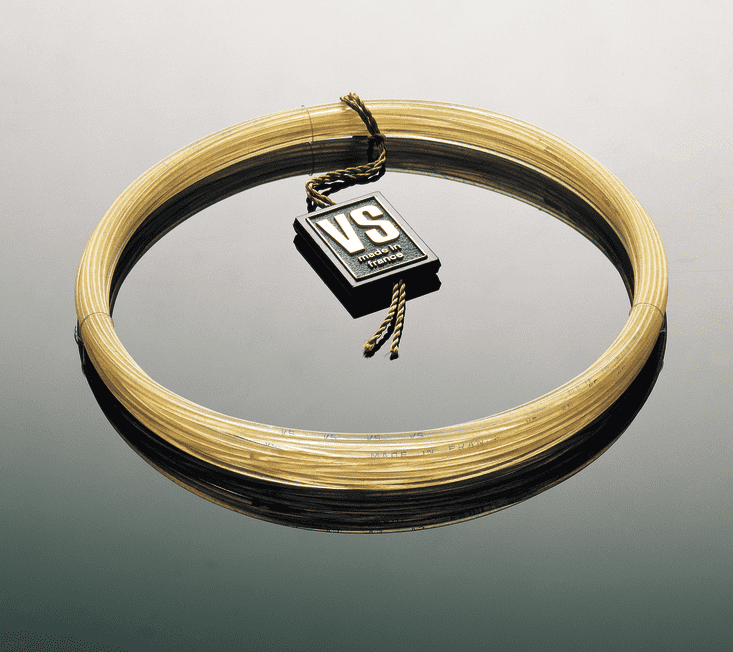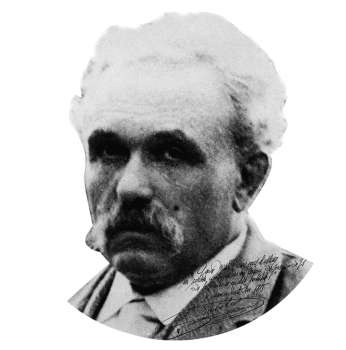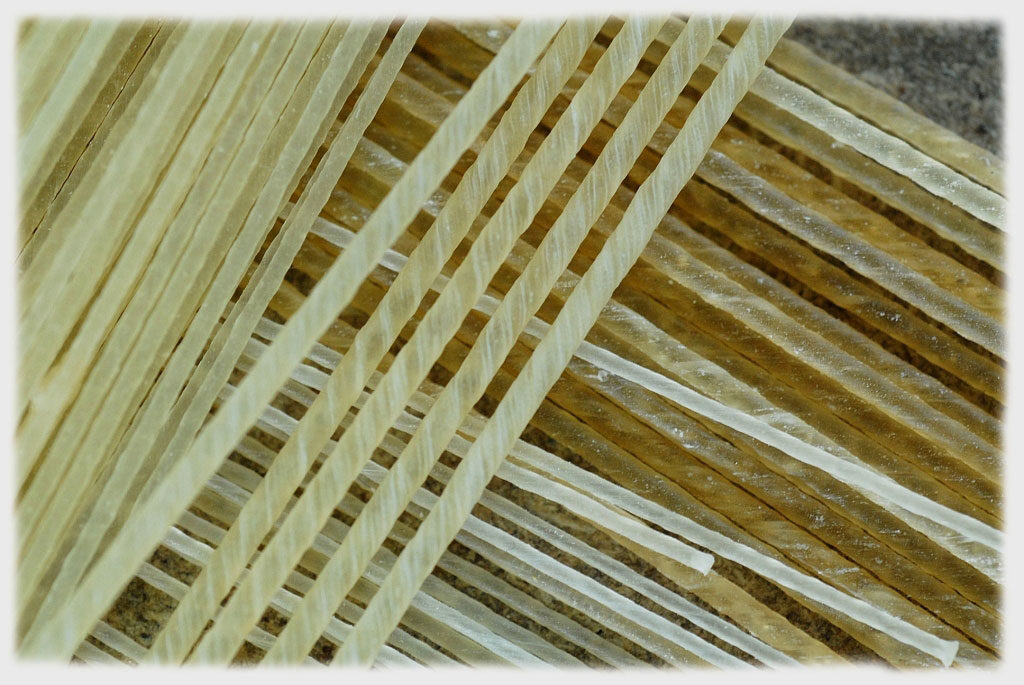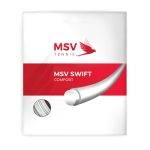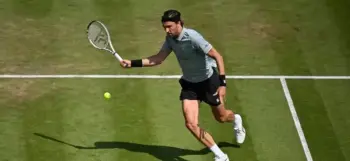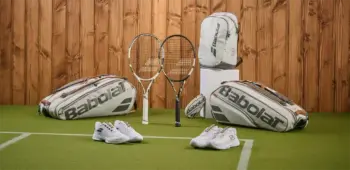Alex Mann is back with the interesting history of natural gut tennis strings. Still used on tour today by players like Djokovic and Murray.
The History of Natural Gut Tennis Strings
In 1874, Major Walter Clopton Wingfield founded the modern game of tennis we are most familiar with today, lawn tennis.
As the game began to spread across the globe, there became a need for high-quality tennis strings that could support the wooden frame of the racquets.
Babolat and Monnier, a musical instrument business specializing in making strings for instruments, sought to develop the first modern-day natural gut tennis string.
In 1875, a year after the invention of the modern game, Pierre Babolat produced a tennis string made from sheep’s gut.
It didn’t take long for Babolat to become the leading tennis string brand.
Babolat VS
In 1925 Pierre’s son, Albert Babolat, launched the new and improved natural gut string, VS. You can read the history of Babolat on their official website.
Babolat sought the help of France’s golden generation of tennis players, collectively known as the Four Musketeers, to sample and test the string.
Jean Borotra, Jacques Brugnon, Henri Cochet and Rene Lacoste were all impressed, and it didn’t take long for VS to become the choice of string for the world’s best players.
Two of the biggest stars of the 1920s, Rene Lacoste and Suzanne Lenglen, became the first players to win the French Open with the string.
Until the 1960s, Babolat strings were made entirely from sheep gut before being replaced by the more tensile and longer cow gut.
To this day, Babolat remains one of the biggest tennis string brands in the world. Pierre Babolat’s great-grandson, Eric Babolat, has led the family-owned business since 1998.
As the game has evolved, natural gut strings have followed suit. Over the years, Babolat has tinkered with the VS string to improve its overall playability.
To this day, the VS is arguably the most used natural gut on the market, with many club and professional players opting for it as their choice of string.
How Are Natural Gut Strings Made?
The cow gut is salted to preserve it before being stored inside cold containers to maintain its natural properties before it’s used to make tennis strings.
Once the gut is ready to be used, the gut is washed in water to remove the salt. The gut is then quality checked and any fatty strands are discarded.
Next, the gut strands are separated by hand and the longest fibers are kept for strength and elasticity.
The gut is then quality-checked using UltraViolet technology to ensure the strands are undamaged.
Once this has been done, the strands are laid onto a table and measured to ensure they are long enough for stringing a racquet.
The strands are placed into a curing tank to be cleaned, sterilized. After the gut has been cleaned, the gut strands are spun together, creating twists.
The gust strands are left to dry on a drying rack. They are twisted for a second time at regular intervals to improve strength and elasticity.
Due to the sensitivity of the natural gut, the strings are left to dry for at least two weeks.
The strings are then quality tested again to ensure there are no uneven or damaged strings.
The strings are then sanded and polished down to the desired thickness before being vanished to ensure smoothness and maintain consistency and playability of the gut.
A final process of cleaning and coating occurs before the strings are packaged.The strings are then quality checked once again to ensure no cracks or damage to the strings.
The strings are then wrapped and packaged ready to be shipped out to tennis suppliers across the world.
Why Use Natural Gut?
There are many reasons why players choose natural gut strings. Watch this video to find out why pros still use natural gut.
As the ball hits the stringbed of the racquet, the softness and elasticity of the gut creates a trampoline-like effect, giving players unmatched amounts of power.
The softness of the material also gives the string the ability to retain tension for longer than modern, polyester strings, while maintaining power and reducing shock from the impact of the ball.
The drawbacks of natural gut is its expensive price tag. Manufacturing a product out of an animal’s intestine takes time and money.
Add in the fact that the string is more sensitive in adverse weather conditions due to the properties of the natural material and that its overall life is considerably lower in comparison to polyester strings, it’s unsurprising that it is one of the most expensive strings on the tennis market.
You can purchase natural gut tennis strings from our friends at Tennis Warehouse, Tennis Warehouse Europe or Tennis Only.
